2 billion children are breathing toxic air, UNICEF reports
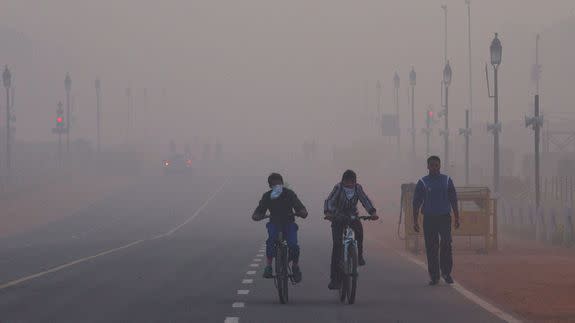
Dharmendra rarely steps out into New Delhi's thick, smoggy air anymore. The 18-year-old says she feels safer indoors, protected from the toxic air pollution clouding India's capital city.
"My eyes are irritated, I'm coughing and I find it difficult to breathe," Dharmendra, who uses only one name as is common in India, told the Associated Press. "I don't go out so much nowadays."
India and its neighboring countries are home to about a third of the world's 2 billion children who are breathing toxic air, the United Nations Children's Fund (UNICEF) said in a new report on Monday.
SEE ALSO: Satellite images reveal toxic clouds enveloping northern Iraq
Vehicle emissions, fossil fuel use, trash burning and dust in crowded cities all combine to make a dangerous chemical soup that can lead to health effects such as lung and brain damage.
But this is a solvable problem, UNICEF said.
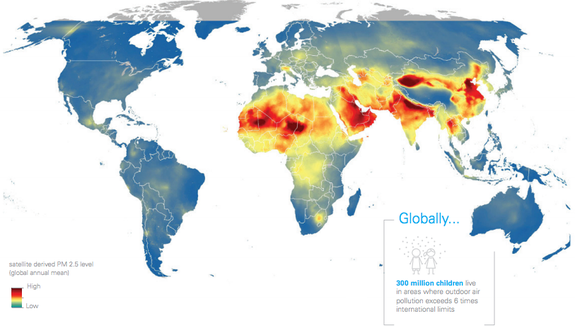
Image: UNICEF
Governments can reduce their use of coal-fired power plants and adopt cleaner electricity sources such as solar and wind power. They can limit the burning of trash inside communities and prohibit building factories near schools and playgrounds.
"We protect our children when we protect the quality of our air," Anthony Lake, UNICEF's executive director, said in a press release. "Both are central to our future."
UNICEF found that about 300 million children younger than 18 years old are exposed to pollution levels six or more times higher than the safety guidelines set by the World Health Organization. Of that total, 220 million children live in South Asia.
For the study, the agency used satellite imagery of outdoor air pollution to create a first-of-its-kind analysis of children's exposure to sulfur dioxide, nitrogen oxide and other harmful pollutants.
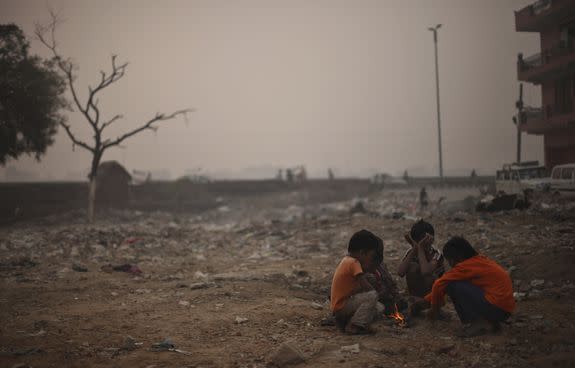
Image: AP photo/altaf qadri
Children are more vulnerable to the health risks from air pollution than adults. Kids breathe twice as quickly, so they inhale more air in relation to their body weight. Their brains and immune systems are also still developing, making them more vulnerable to toxic air.
Every year, air pollution contributes to the deaths of around 600,000 children younger than 5 years old, UNICEF said.
"Pollutants don’t only harm children’s developing lungs — they can actually cross the blood-brain barrier and permanently damage their developing brains — and, thus, their futures," Lake said in the press release.
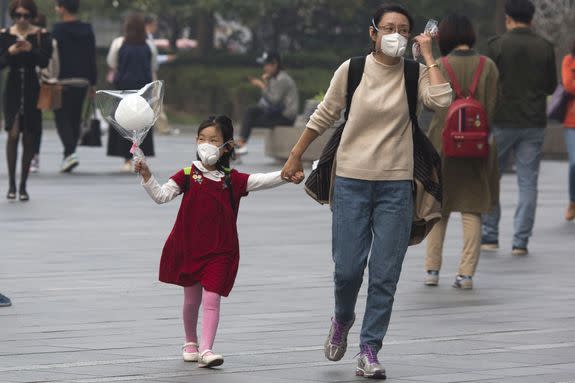
Image: AP photo/ng han guan
"No society can afford to ignore air pollution," he said.
UNICEF released the report a week before a U.N. climate change conference in Marrakesh, Morocco. The children's agency said it would call on government leaders at the conference to drastically reduce air pollution.
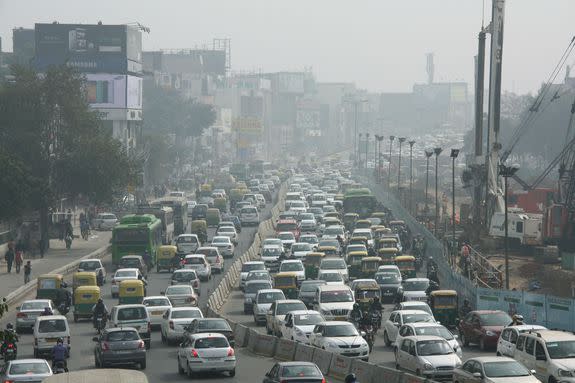
Image: Kyodo via AP images
UNICEF outlined four basic ways to clean the air. First, transition power plants and vehicles away from coal, oil and natural gas toward renewable energy sources. Many countries, including India, are already moving in this direction.
Second, improve children's access to healthcare, and third, minimize kids' exposure by not building factories near schools and playgrounds and reducing trash burning within communities. In addition, the report found that better monitoring of local air pollution could help communities identify exposure risks and take steps to reduce them.
The Associated Press contributed reporting.
